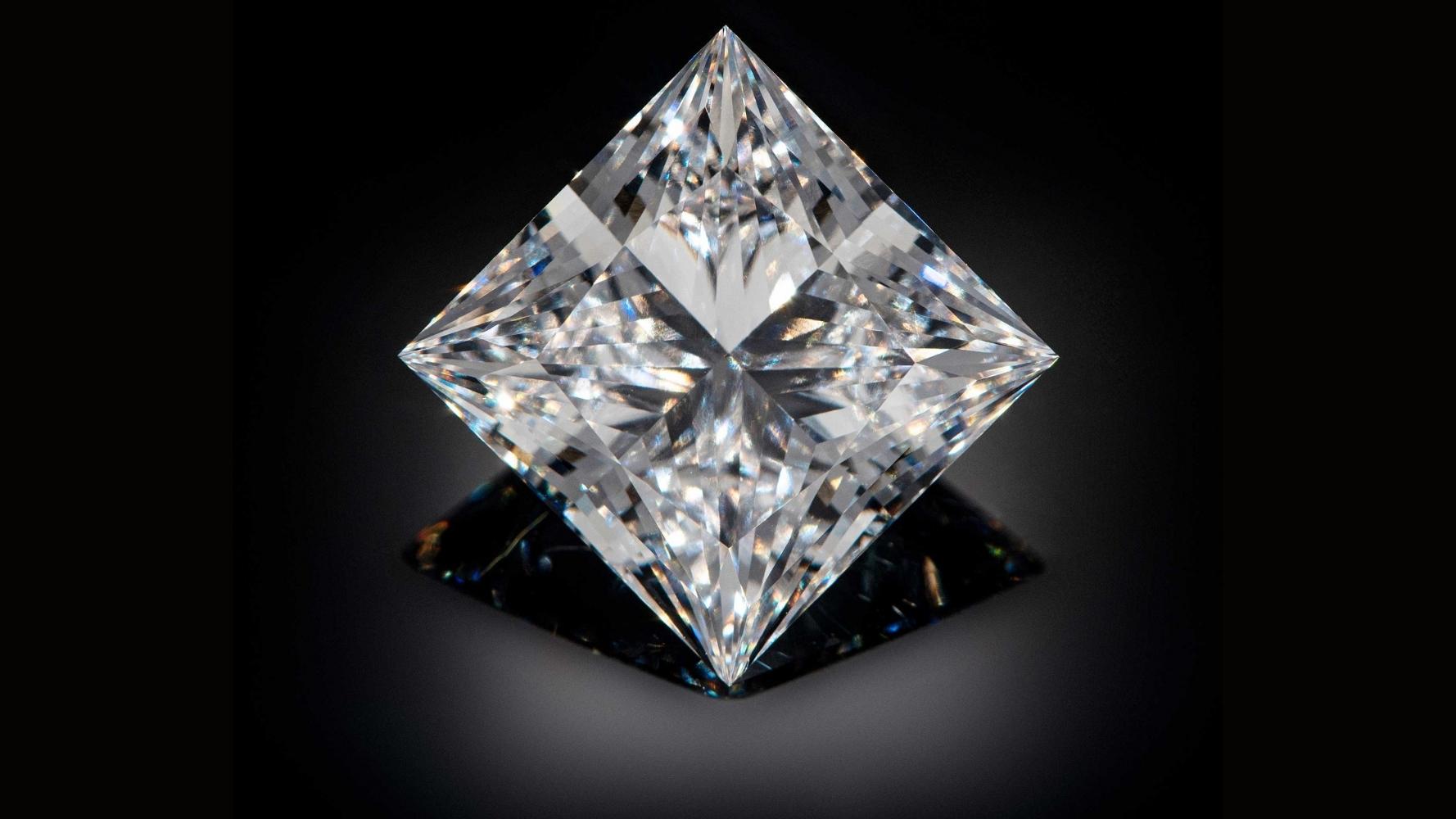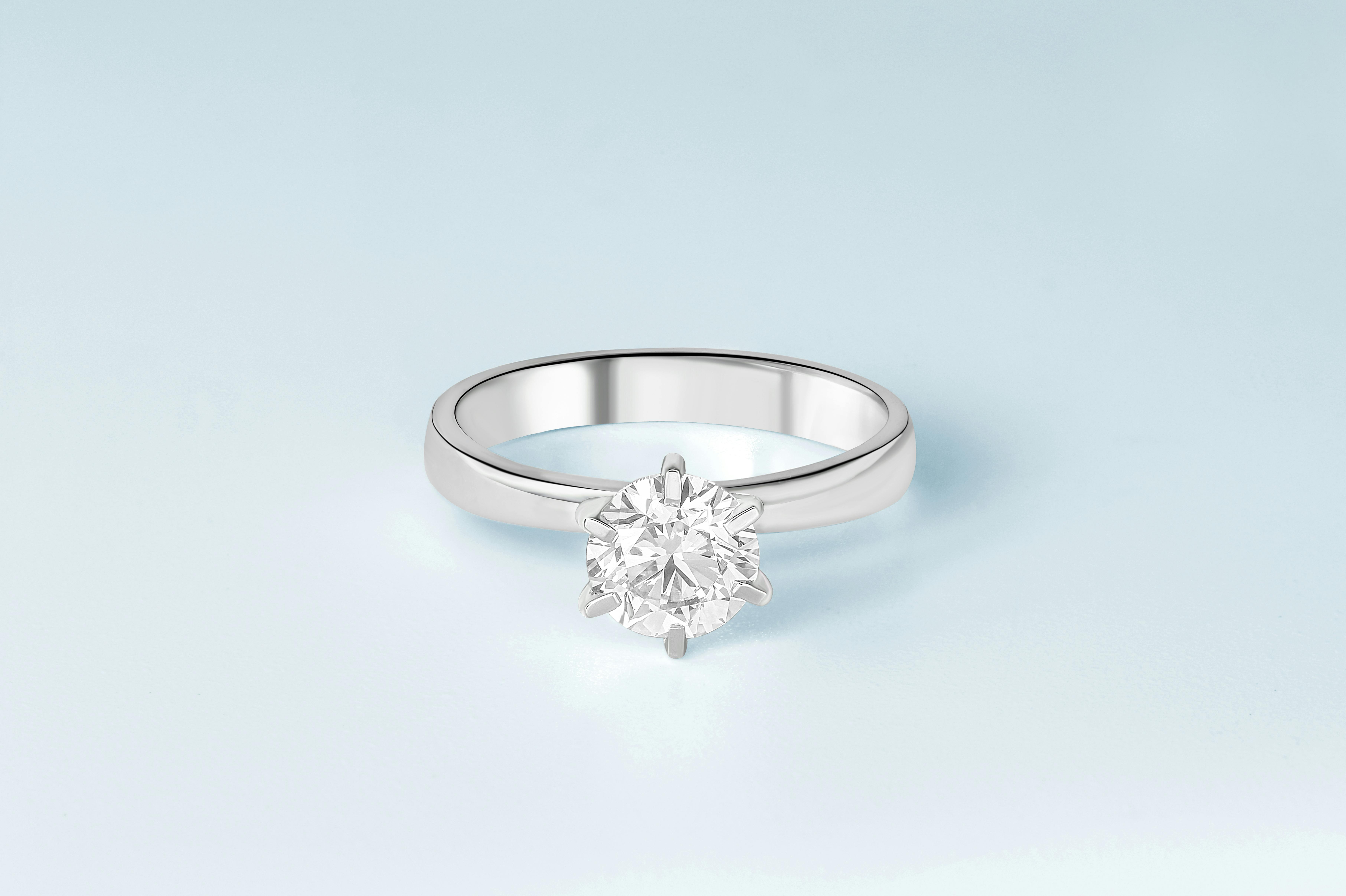When it comes to the dazzling world of jewelry, diamonds have long been regarded as the ultimate symbol of luxury, love, and elegance. Yet, in recent years, there has been a growing trend toward diamond substitutes, driven by ethical concerns, environmental impact, and budget considerations. If you#8217;re curious about these alternatives and what makes them unique, you#8217;re in the right place.
What Are Diamond Substitutes?
Diamond substitutes are gemstones or materials designed to mimic the appearance and characteristics of natural diamonds. They offer a visually similar experience without the high price tag or ethical concerns often associated with mined diamonds. Some popular diamond substitutes include cubic zirconia, moissanite, and lab-grown diamonds. But why are these substitutes gaining traction, and what makes them a smart choice?
Why Choose Diamond Substitutes?
The reasons behind the shift to diamond substitutes are as varied as the gemstones themselves. Many consumers are drawn to these alternatives for their ethical sourcing, lower environmental impact, and affordability. Let#8217;s delve deeper into these reasons.
Ethical and Environmental Considerations
Traditional diamond mining has long been associated with environmental degradation and human rights issues. From deforestation to hazardous working conditions, the negative impacts of diamond mining are well-documented. Diamond substitutes offer a more ethical alternative by reducing or eliminating these concerns. Lab-grown diamonds, for example, are produced in controlled environments, minimizing environmental damage and ensuring fair labor practices.
Affordability and Accessibility
Diamonds are synonymous with luxury, but they come with a hefty price tag. Diamond substitutes, on the other hand, offer a more accessible option without compromising on aesthetics. Cubic zirconia and moissanite are significantly cheaper than natural diamonds, making them a popular choice for budget-conscious consumers. This affordability allows for larger stones and more intricate designs without breaking the bank.
Quality and Appearance
The skepticism surrounding diamond substitutes often centers on their quality and appearance. Can they truly replicate the brilliance of a diamond? The answer is a resounding yes. Modern substitutes are designed to closely resemble natural diamonds, with moissanite standing out for its exceptional brilliance and durability. Lab-grown diamonds, being chemically identical to mined diamonds, are indistinguishable to the naked eye.
Popular Diamond Substitutes: An Overview
To better understand the options available, let#8217;s take a closer look at some of the most popular diamond substitutes:
- Cubic Zirconia: Known for its affordability and versatility, cubic zirconia is a synthetic gemstone that closely resembles a diamond. It#8217;s commonly used in costume jewelry and offers a wide range of styles and cuts.
- Moissanite: A rare mineral discovered in a meteorite, moissanite has gained popularity for its brilliance and hardness. It#8217;s an excellent alternative to natural diamonds, with a price point that falls between cubic zirconia and lab-grown diamonds.
- Lab-Grown Diamonds: These diamonds are created in a laboratory, replicating the natural process of diamond formation. They#8217;re chemically and physically identical to mined diamonds but come without the ethical baggage.
Choosing the Right Diamond Substitute
With so many options available, how do you choose the right diamond substitute for your needs? Start by considering your budget, ethical values, and desired appearance. If you#8217;re looking for the most affordable option, cubic zirconia is a great choice. For those who want a more premium feel, moissanite and lab-grown diamonds offer an excellent balance of quality and cost.
Final Thoughts: The Future of Diamond Substitutes
As consumer preferences shift towards more ethical and sustainable choices, diamond substitutes are likely to play an increasingly significant role in the jewelry industry. They offer a unique blend of beauty, affordability, and sustainability that appeals to a wide range of buyers. The question remains: will diamond substitutes eventually overshadow natural diamonds? While it#8217;s too early to tell lab grown diamonds, the trend suggests that these alternatives are here to stay.
When choosing your next piece of jewelry, consider a diamond substitute for a more ethical and budget-friendly option. You might find that the sparkle is just as brilliant, if not more so, and you can wear it with the peace of mind that comes from knowing your choice is better for the planet and its people.



